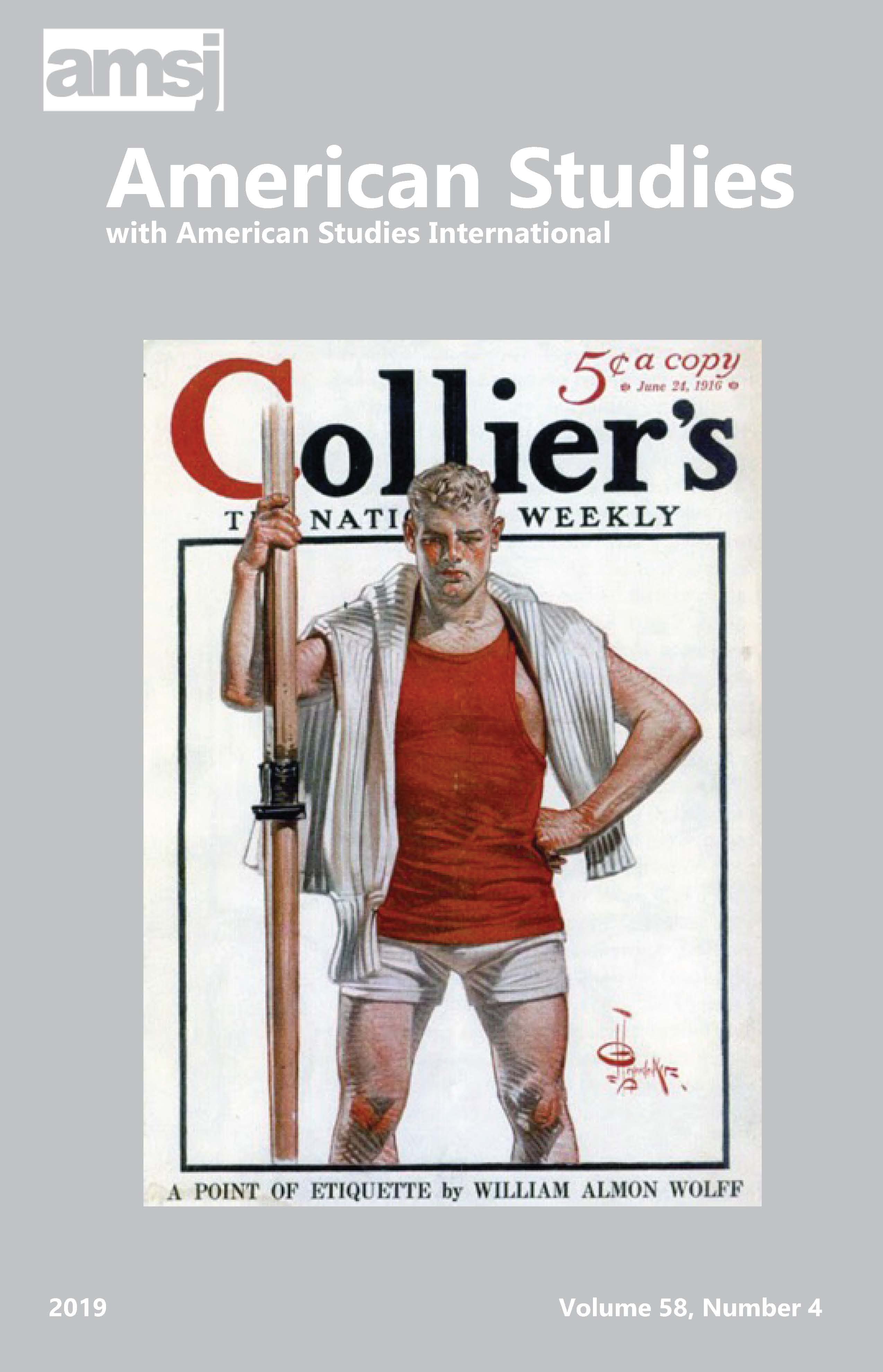Abstract
W. E. B. Du Bois’s 1928 novel Dark Princess: A Romance features an interracial intimate relationship between a black American and an Indian princess, manifesting the intellectual-activist’s transpacific imagination of world revolution that ties Asia’s anti-colonial struggle with black Americans’ anti-racism projects in the U.S. However, the predominant focus on the romance in Princess glosses over the multiplicity and complexity of Du Bois’s transpacific imagination exhibited in this primer of world revolution; both Japan and China and their dialectical relations occupy important positions in Du Bois’s life-long work to build alliance between Asian and black America. Examining the literary representation of Japan and China in Princess, I argue that Du Bois imagines Japan and China respectively as the race formation and the anti-imperialist formation against the West in the late 1920s. The latter anti-imperialist formation aided by the Soviet Union and practiced by China contested the Japan-led race formation, constituting the dialectics between race and class in Du Boi’s transpacific imagination of world revolution. By ending the novel with a wedding celebration and multiethnic pageant on the International Workers’ Day, Du Bois synthesizes the dialectics into the proletarian dictatorship of peoples of color.
All items © Mid-America American Studies Association
Authors: If you prefer to remove your text(s) from this database please contact the editor.

